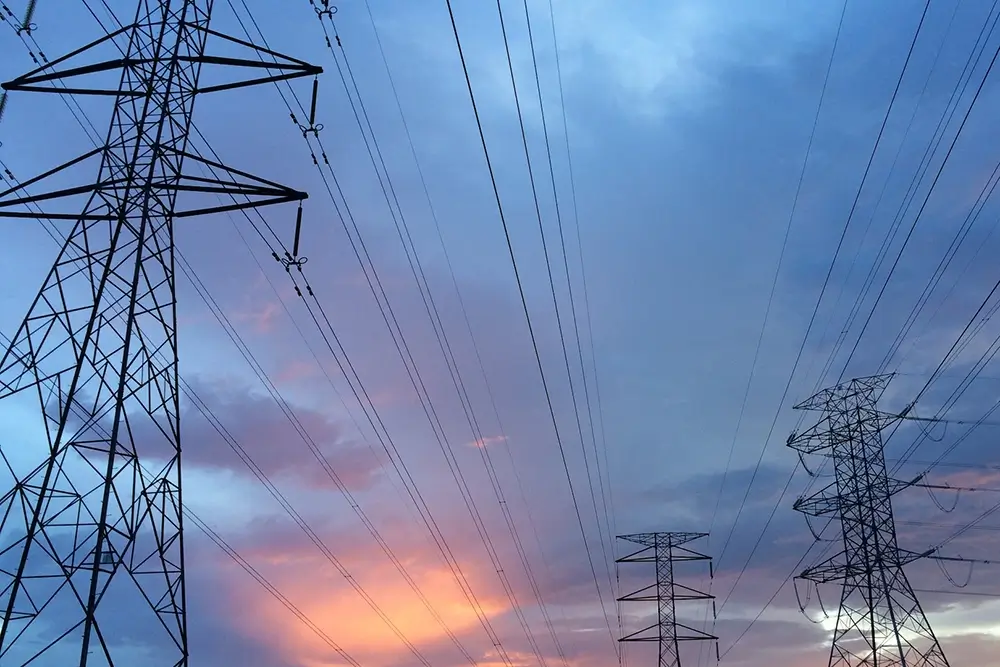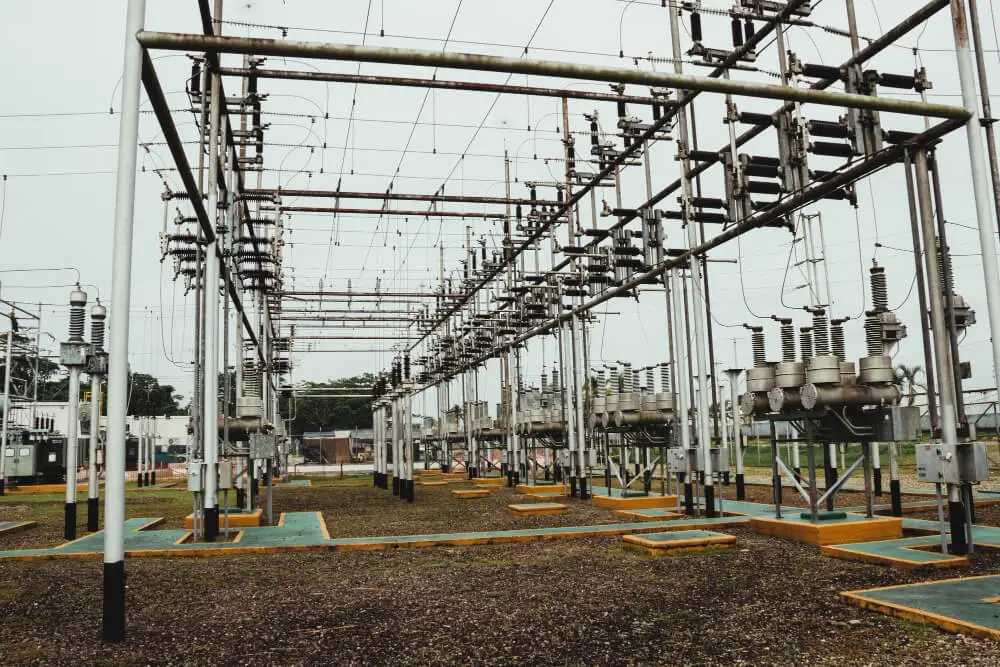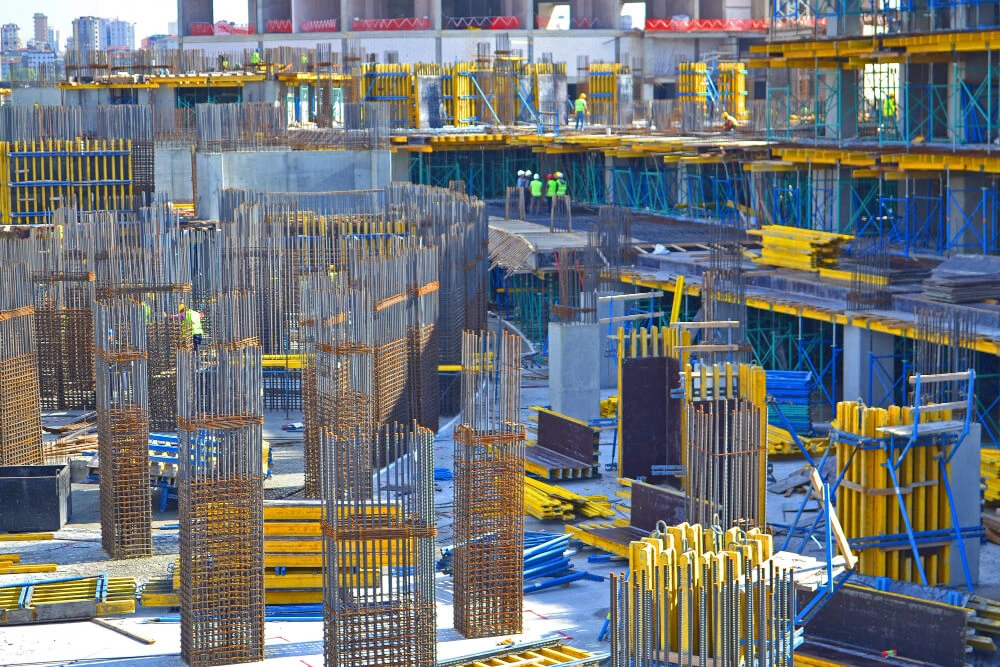
Underground Cables
Underground cable design is a complex and challenging task that requires expertise and experience. Underground cables are used for transmitting high-voltage power in urban areas, industrial zones, and remote locations. They have many advantages over overhead lines, such as lower visual impact, higher reliability, lower maintenance costs, and lower electromagnetic interference.
However, underground cables also have some technical challenges that need to be overcome, such as providing sufficient insulation, dissipating the heat generated by the current, and protecting the cable from mechanical damage. That’s why you need a professional and reliable partner who can help you with all aspects of underground cable design.
We are a leading company in underground cable design, with a proven track record of delivering high-quality and cost-effective solutions for our clients. We offer a comprehensive range of services for underground cable design, including:
- Cable ratings (steady state and transient): We can calculate the maximum current that the cable can carry without exceeding its thermal limits, taking into account the ambient temperature, soil thermal resistivity, cable configuration, load profile, and other factors. We can also analyse the transient behaviour of the cable under fault conditions, such as short circuit currents and induced voltages.
- Short circuit current calculations: We can determine the magnitude and duration of the short circuit currents that the cable can withstand without damage, based on the cable characteristics, system parameters, and fault location. We can also design appropriate protection devices and coordination schemes to minimise the impact of faults on the cable and the system.
- Induced voltage calculations: We can estimate the voltage induced on the cable sheath by external magnetic fields, such as those produced by nearby power lines or lightning strikes. We can also design suitable sheath bonding and earthing arrangements to reduce the induced voltage and prevent hazards to personnel and equipment.
- Sequence impedance calculations: We can calculate the positive-, negative-, and zero-sequence impedances of the cable, which are essential for power flow analysis, fault analysis, harmonic analysis, and stability studies. We can also model the cable behaviour using equivalent circuits or finite element methods.
- EM & isotherm plots: We can generate electromagnetic (EM) and isotherm plots to visualise the distribution of electric and magnetic fields and temperature around the cable. These plots can help us optimise the cable layout, spacing, depth, and shielding to achieve the best performance and safety.
- Thermal- & electro-mechanical force calculations for rigid & flexible installations: We can calculate the thermal expansion and contraction of the cable under different operating conditions, and the resulting forces and stresses on the cable and its supports. We can also calculate the electro-mechanical forces on the cable due to short circuit currents, and design suitable clamps and cleats to withstand them. We can handle both rigid and flexible installations, such as duct banks, direct buried cables, tunnels, bridges, etc.
- Cable sheath bonding designs & diagrams: We can design optimal sheath bonding schematics for underground cables to balance between reducing sheath losses and limiting induced voltages. We can also prepare clear and accurate diagrams showing the location and type of bonds, links, joints, and earth connections for each cable section.
- Installation drawings including route plans, trench sections, CSE GA’s, joint bay layouts & earthing drawings: We can produce detailed and professional drawings for cable installation, including route plans showing the cable alignment, trench sections showing the cable depth and bedding, cable sealing end (CSE) general arrangement (GA) drawings showing the cable configuration and spacing, joint bay layouts showing the jointing and termination details, and earthing drawings showing the earthing system and connections.
- Technical reports including designers' risk assessment, O&M manuals, bill of materials (BOM) & system design documents: We can produce reports for cable design projects, covering all aspects of the design process and outcomes. These include designers' risk assessment to identify and mitigate potential hazards and risks associated with the cable design, operation and maintenance (O&M) manuals to provide guidance on how to operate and maintain the cable system safely and efficiently, bill of materials to list all the materials and equipment required for the cable installation, system design documents to describe the technical specifications and performance criteria of the cable system, etc.
- HV cable system design verification works: We can perform design verification works to ensure that the cable system meets the design requirements and standards. These include testing and commissioning activities to verify the functionality and integrity of the cable system, such as insulation resistance testing, high voltage testing, partial discharge testing, sheath testing, etc. We can also conduct thermal resistivity testing (including lab tests) to measure the thermal properties of the soil and backfill materials around the cable.
- Thermal resistivity testing (incl. lab tests): We can perform thermal resistivity testing (including lab tests) to measure the thermal properties of the soil and backfill materials around the cable. Thermal resistivity is a key parameter that affects the heat dissipation and rating of underground cables. We can use various methods to measure thermal resistivity, such as the needle probe method, guarded hot plate method, transient line heat source method, etc. We can also perform lab tests on soil samples to determine their moisture content, density, specific heat capacity, etc.
We work according to the highest standards and codes in underground cable design, such as:
- IEC 60287, 60853, 60909 & 60949: These are international standards for electric cables. They cover various aspects of cable design such as the calculation of current rating, calculation of load losses, calculation of short circuit currents, and calculation of electrodynamic forces.
- NG TS 2.05, 3.05.04 & 3.05.07: These are technical specifications issued by National Grid UK for underground cables. They cover various topics such as general requirements, thermal rating calculations, and sheath bonding systems.
- ENA P17 & ER C55: These are engineering recommendations issued by Energy Networks Association UK for underground cables. They provide guidance on power frequency-induced voltages in metallic pipelines due to high voltage alternating current power systems and earthing practices for underground cables.
- Cigre TB 194, 283 & 669: These are technical brochures published by the International Council on Large Electric Systems for underground cables.
We have the skills, knowledge, and experience to handle any underground cable design project, no matter how complex or challenging. We can deliver high-quality and cost-effective solutions that meet your needs and expectations. We can also provide you with ongoing support and maintenance services to ensure the optimal performance and safety of your cable system.
Don’t hesitate to contact us today to discuss your underground cable design project. We will be happy to provide you with a free consultation and a quote. We look forward to hearing from you and working with you on your underground cable design project.



